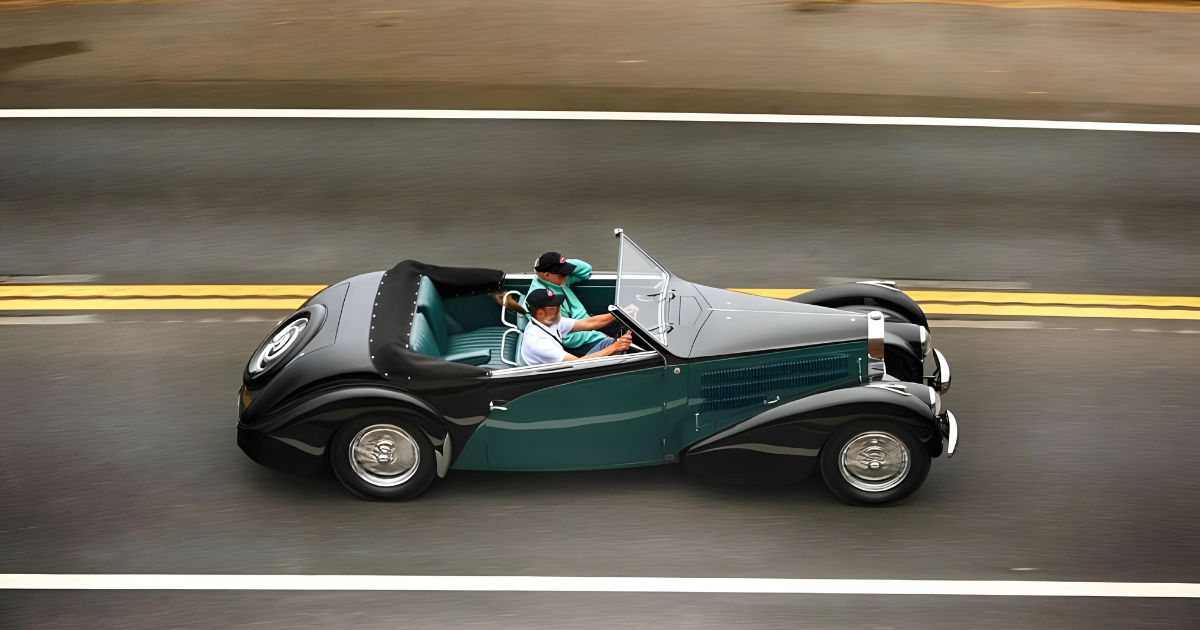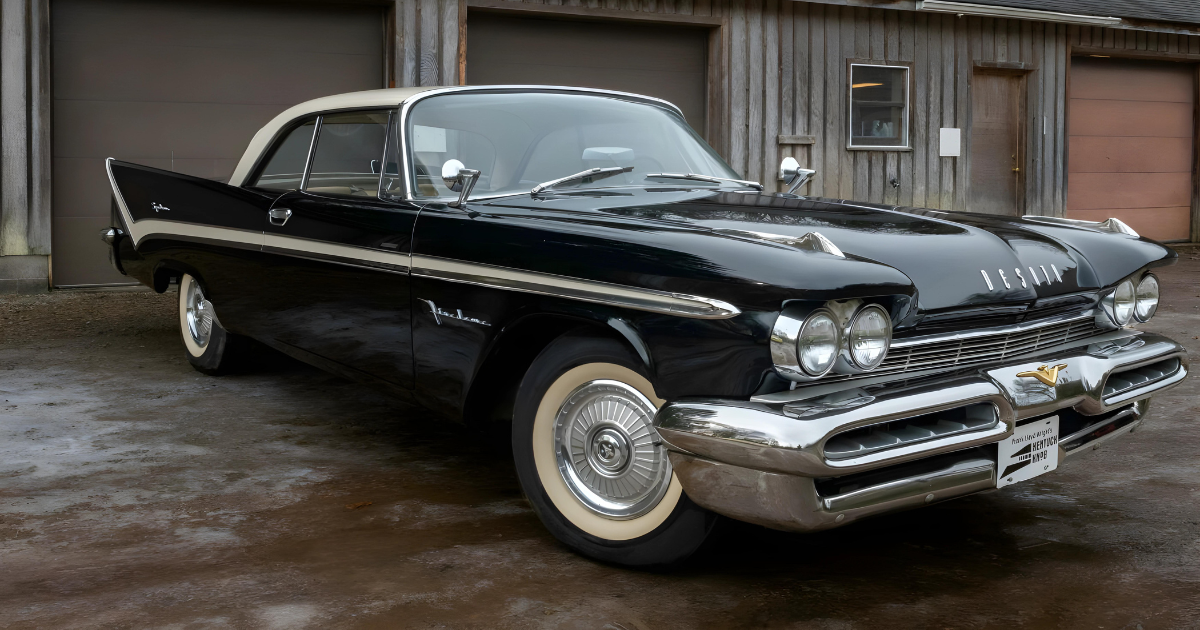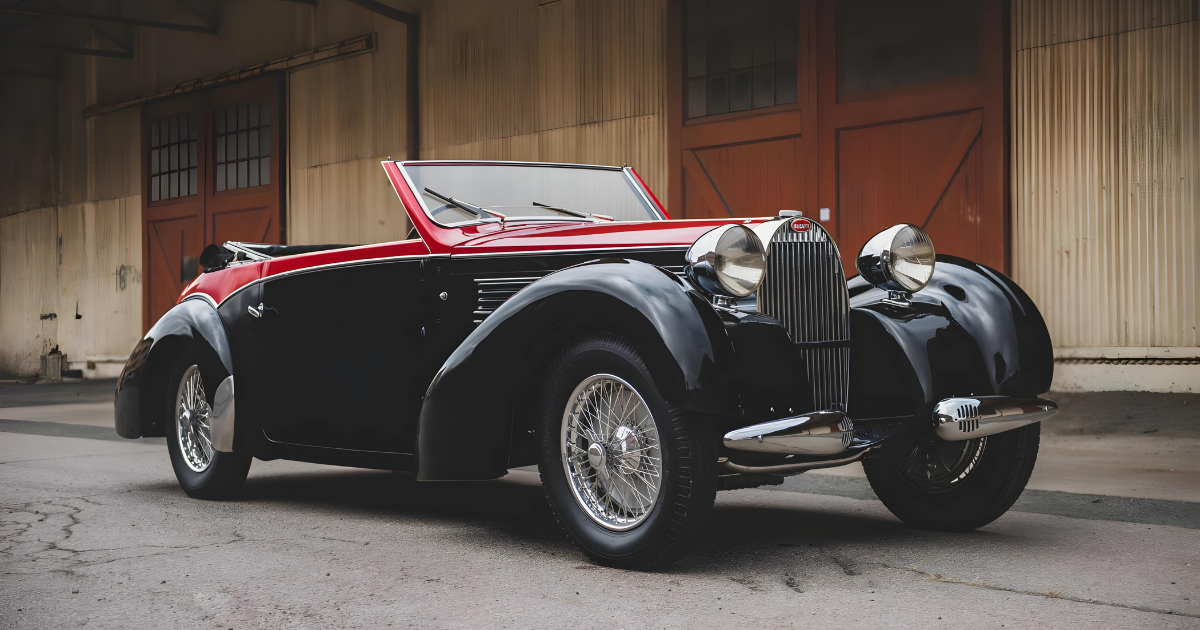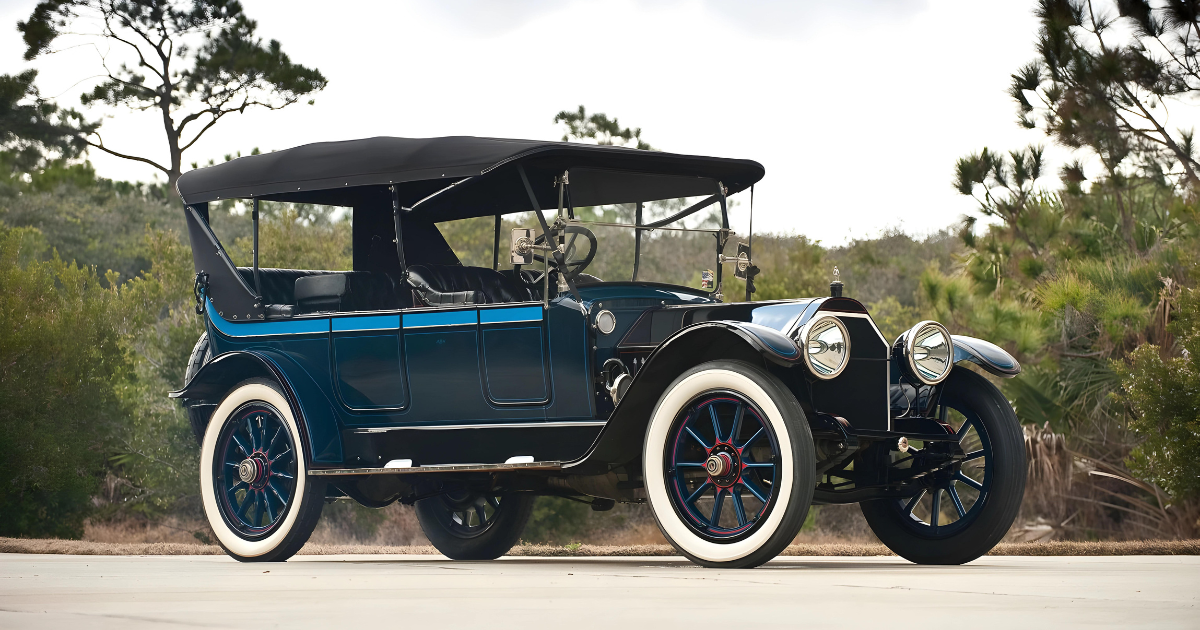
Virgil Exner’s Plymouth XNR concept car stands as a testament to Chrysler’s bold embrace of the “fins and chrome” era, marking a pinnacle of automotive design influenced by the space race and futuristic aesthetics. Although the XNR itself was never intended for production, its radical design captured the imagination of many, including Italian coachbuilder Ghia, which saw potential in its avant-garde styling and decided to develop a toned-down version for limited production—the Plymouth Asimmetrica.

Introduced as a concept car in 1960, the Plymouth XNR boasted a striking and unconventional design, characterized by its single, off-center fin and a driver-side hood scoop that flowed seamlessly into the windshield. These unusual design elements were a reflection of the space-age influences prevalent in automotive design during the era. However, while the XNR pushed the boundaries of design innovation, it was clear that its avant-garde styling would not translate directly into a production model.

Enter Ghia, renowned for its collaborations with various automotive manufacturers, including Chrysler. Recognizing the potential of the XNR’s design, Ghia decided to develop a more practical and marketable version—the Plymouth Asimmetrica. While still retaining some of the XNR’s distinctive features, such as the off-center fin, Ghia made several modifications to ensure the Asimmetrica was suitable for everyday driving.

One of the most notable changes was the shrinking of the fin and the adoption of a more traditional windshield design. Additionally, the headlights were relocated to a more conventional position, further enhancing the car’s practicality and usability. Despite these modifications, the Asimmetrica retained the XNR’s futuristic allure, offering a glimpse into an era of automotive design characterized by bold experimentation and innovation.

Inside, the Asimmetrica exuded luxury and refinement, with tan leather upholstery, plush carpeting, and a wood-rimmed steering wheel. These premium materials and upscale finishes elevated the interior ambiance, providing occupants with a comfortable and sophisticated driving experience. However, despite its luxurious appointments, the Asimmetrica’s performance failed to match its striking looks.

Powered by a NASCAR-inspired “Hyper Pak” engine upgrade, the Asimmetrica delivered a modest 101 horsepower, a far cry from the XNR’s estimated 250 horsepower. While the Asimmetrica boasted respectable performance, its power output did not live up to the expectations set by its avant-garde design. Ultimately, only two Asimmetricas were built, underscoring the niche appeal of its bold design and the limited market demand for such an unconventional vehicle.

In conclusion, the Plymouth Asimmetrica by Ghia represents a fascinating chapter in automotive history, showcasing the convergence of bold design, technological innovation, and market pragmatism. While the Asimmetrica’s design may have been a bit too extreme for the mainstream market, it remains a testament to the visionary creativity of Virgil Exner and the enduring allure of automotive design experimentation.




